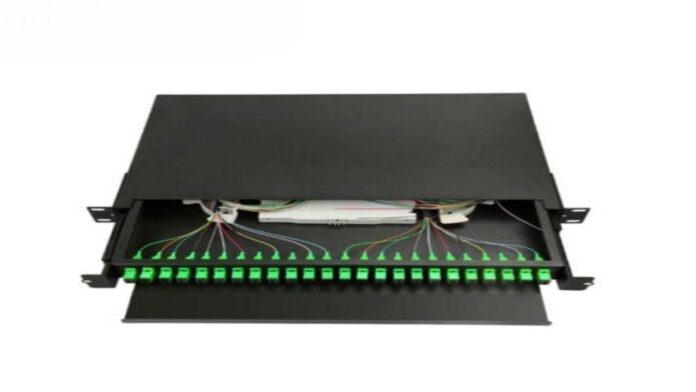From the underpinnings of the internet to intricate medical equipment, fiber optics products have found their applications across a vast array of sectors. Their superior data transmission capabilities, coupled with their durability and security, make them an integral part of modern technology. Let’s delve deeper into the various categories of fiber optics products and explore their diverse applications. Go now to learn more!
Overview of Categories
Fiber optics products span across a wide range, each designed to fulfill specific communication and data transmission needs. Here are the main categories:
Fiber Optic Cables: The backbone of fiber optics technology, these cables contain multiple optical fibers for transmitting data in the form of light signals. They come in various types, including single-mode, multi-mode, and plastic optical fiber (POF) cables.
Connectors and Adapters: These components allow the connection of fiber optic cables, ensuring efficient signal transmission and aiding in system expansion or modification.
Transceivers and Converters: Fiber optic transceivers convert electrical signals to optical signals (and vice versa), enabling data transmission over the fibers. Media converters facilitate the interconnection of different types of networks or cables.
Splitters and Combiners: These components split or combine light signals, thereby controlling the data flow in fiber optic networks.
Amplifiers and Repeaters: These products boost the signal strength, allowing for long-distance data transmission without significant signal degradation.
Telecommunications
The backbone of the modern digital world, telecommunications, heavily relies on fiber optics for high-speed data transmission. Fiber optic cables, transceivers, and repeaters are extensively used to enable lightning-fast internet services and high-quality video conferencing. They are the backbone of broadband networks, providing faster and more reliable connectivity than traditional copper-based systems. Furthermore, the inherent immunity of fiber optics to electromagnetic interference ensures secure and distortion-free communication, making them the preferred choice for telecommunication networks.
Medical and Scientific Applications
In the healthcare sector, fiber optics have transformed diagnostics and therapeutic techniques. Fiber optic endoscopes, for instance, provide non-invasive visualization inside the human body, aiding in accurate diagnosis and treatment. Similarly, fiber optic sensors are used in biomedical research for measuring physical parameters like temperature, pressure, and pH levels in biological systems.
In the field of scientific research, fiber optics support high-speed data acquisition systems, remote sensing, and spectroscopy. Their ability to work in harsh environments and withstand high levels of radiation makes them suitable for use in challenging research conditions.
Industrial Sector
The industrial sector reaps the benefits of fiber optics in automation, sensing, and control systems. Fiber optic sensors monitor temperature, pressure, strain, and vibration in real-time, enabling safer and more efficient industrial processes. They can function in harsh industrial environments, offering reliable monitoring and control solutions.
Fiber optics also facilitate industrial Ethernet, which drives automation and real-time data exchange in manufacturing processes. The high bandwidth and speed provided by fiber optic cables ensure seamless operation of complex industrial control systems.
Other Applications
Beyond these sectors, fiber optics find applications in a plethora of other fields. In broadcasting, they ensure high-quality audio and video transmission. In defense and aerospace, fiber optic systems enable secure, high-speed communication and avionics networking.
The energy sector utilizes fiber optics for monitoring well conditions in oil and gas exploration. In automotive and transportation, fiber optics are used in vehicle communication systems, traffic signal control, and intelligent transportation systems.
Conclusion
The multitude of fiber optics product categories and their extensive applications reflect the vital role they play in various industries. From powering the internet to transforming healthcare and industrial processes, the influence of fiber optics is undeniable.
These small strands of glass have revolutionized the way we communicate, work, and live. As technology continues to evolve, the breadth of fiber optics applications will only expand, solidifying their position as the backbone of our digital world.










